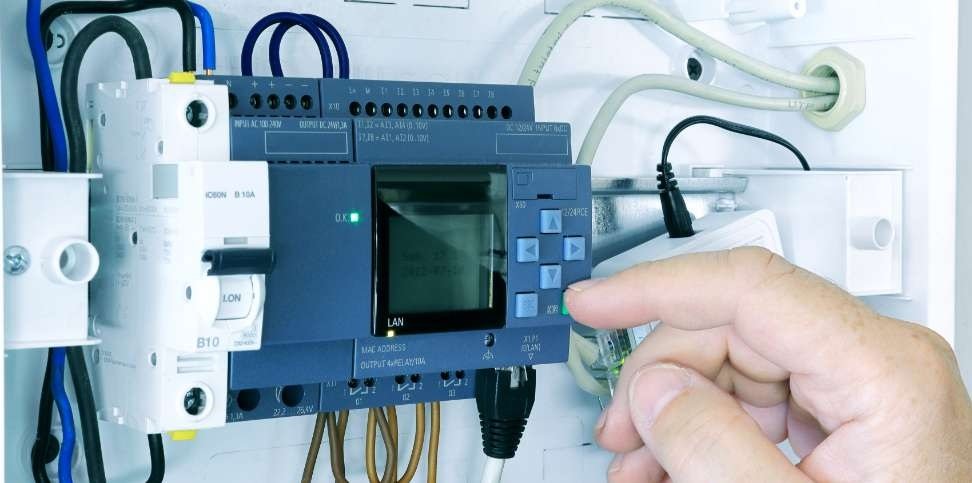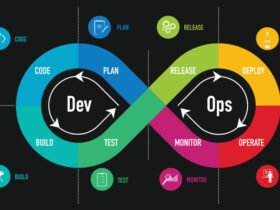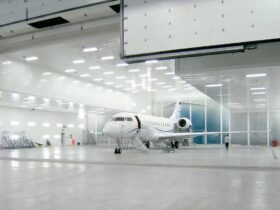Cars rolling off modern assembly lines don’t just rely on skilled hands—they depend on intelligent control systems hidden behind the machines. Those systems start with a simple but powerful idea: programmable logic. Anyone wondering what is PLC programming will quickly realize it is the foundation that keeps robots, conveyors, and safety systems moving in perfect harmony.
Coordinated Motion Control for Robotic Welders
Robotic welders are only as effective as the instructions that guide their every move. Through PLC programming, welders can be synchronized with precision so that every joint is consistent and strong. The system coordinates multiple axes of movement, ensuring that the robot torch doesn’t miss its mark or move out of sequence. Without this coordination, structural integrity could suffer, leading to defects in vehicle frames.
Custom PLC systems enhance flexibility by allowing engineers to adapt welding patterns to different vehicle models without redesigning the hardware. A Rockwell Allen Bradley PLC, for instance, can manage complex motion control algorithms that keep dozens of robotic arms aligned in real time. For assembly lines producing thousands of units daily, this precision reduces waste, improves output, and creates a seamless workflow across welding stations.
Real Time Monitoring of Conveyor Operations
Conveyors are the arteries of any vehicle assembly line, moving components from one station to the next. PLC programming allows real time monitoring of conveyor speed, load, and timing. If a jam occurs, sensors feed data directly into the PLC, which can instantly shut down the belt and prevent damage or injury.
A PLC programming company can design systems that go beyond basic monitoring. With advanced diagnostics, conveyors can predict maintenance needs before breakdowns happen. Real time tracking also means each part reaches its destination at the right moment, keeping the entire production line balanced. This level of automation transforms conveyors from passive movers into intelligent participants in the assembly process.
Automated Sequencing for Component Installation
Installing components requires strict order. For example, a dashboard can’t be secured until wiring harnesses are in place. PLC programming enforces this order with automated sequencing. Each step triggers the next only after sensors confirm proper completion, reducing errors caused by human oversight.
With custom PLC configurations, manufacturers can adapt these sequences for different models rolling down the same line. A Rockwell Allen Bradley PLC can store multiple routines and switch between them instantly, allowing mixed production without slowing the line. This flexibility saves time and ensures that every vehicle receives the correct parts in the proper order.
Integrated Safety Interlocks Across Assembly Stations
Assembly stations are filled with heavy machinery, and safety cannot be left to chance. PLC programming integrates safety interlocks that stop machines if protective barriers are open or if a worker enters a restricted zone. These interlocks are not separate add-ons; they’re part of the same logic system controlling production.
A PLC programming company builds interlocks that meet strict industry standards. By embedding safety directly into machine logic, risks are reduced without compromising speed. Rockwell Allen Bradley PLC systems, for example, can simultaneously manage safety protocols and production controls, proving that efficiency and safety work best when combined.
Precise Timing for Paint and Coating Applications
Paint and coating booths require perfect timing. Sprayers must activate at the right moment, airflow must remain constant, and curing cycles must be exact. PLC programming ensures these details are executed without variation, producing a flawless finish. Even the smallest timing errors could result in streaks, uneven coatings, or wasted materials.
Custom PLC solutions give manufacturers the ability to fine-tune these processes with incredible accuracy. By programming temperature sensors, spray intervals, and conveyor speeds together, the system maintains consistency across every vehicle. This level of control makes large-scale production possible while keeping quality at showroom standards.
Continuous Feedback Loops for Torque and Fastening Tools
Fastening tools apply bolts and screws that hold vehicles together, and their accuracy is vital. PLC programming creates continuous feedback loops between sensors and the control system. If a tool applies the wrong torque, the PLC can adjust immediately or flag the issue before the vehicle moves forward.
Rockwell Allen Bradley PLC systems can handle thousands of these checks per second, ensuring consistency without slowing the pace of assembly. A PLC programming company often customizes these loops to match specific fastening requirements for each vehicle type. This not only improves quality but also builds trust in the long-term reliability of the final product.
Synchronization of Material Handling Equipment
Forklifts, automated guided vehicles, and overhead cranes all play a role in moving parts around the assembly plant. Synchronizing this equipment prevents bottlenecks and collisions. PLC programming allows these machines to communicate, coordinating their movements like a choreographed dance.
Custom PLC systems enable facilities to scale operations, adding or reconfiguring equipment without rewriting entire control schemes. This adaptability keeps production running smoothly, even as demands change. A Rockwell Allen Bradley PLC provides the processing power needed for seamless synchronization, reducing downtime and increasing overall plant efficiency.
Programmable Logic for End of Line Testing Systems
Before a vehicle leaves the plant, it undergoes end of line testing. PLC programming manages this process by automating diagnostics such as brake checks, electrical inspections, and emissions testing. The system records results in real time, ensuring no step is overlooked.
A PLC programming company can tailor these testing protocols to meet regional regulations or specific manufacturer standards. With a Rockwell Allen Bradley PLC, engineers can integrate advanced sensors and data collection tools into the same control platform. This not only streamlines compliance but also provides valuable insights that help improve design and assembly for future production runs.











